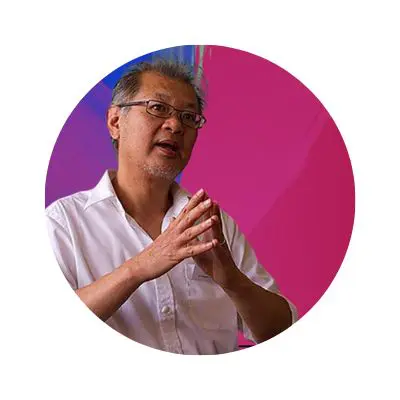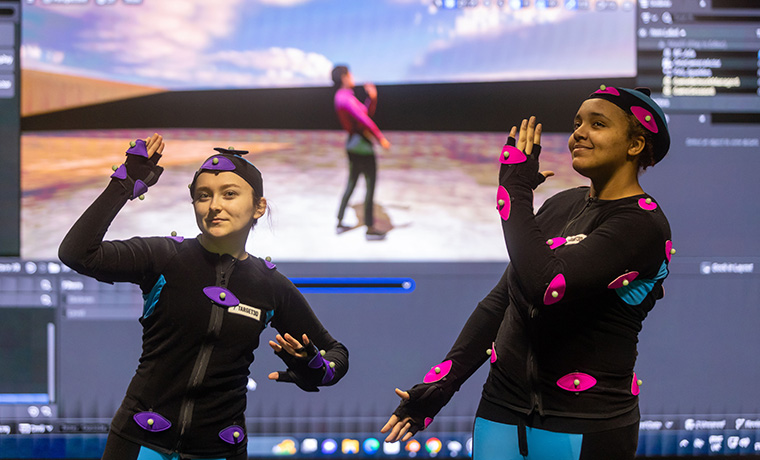VET in FE: A Way Forward

Re-cap
In the previous article on FE News, ‘Vocational education and training (VET) in FE: A question of ‘divide and rule’?’, segregation of the FE sector and, in particular, VET has not worked in the divide and rule approach. Instead, I will argue that we need to form connections with higher vocational and professional education to re-think our perceptions of the academic-vocational division in England, while retaining the FE characteristics: porosity, inclusivity and widening participation underpinned by social justice. I will propose the need to have ONE standard nomenclature to encompass work-related education across the three educational levels of pre-university, university and professional education: Occupational Education (OE).
Occupational Education
This section starts with a definition of OE [2] and offers seven reasons for adopting this term.
OE encompasses teaching, learning and working across the three academic[/qualification] levels of TVET, higher education and professional education. It covers continuous professional development (CPD) and training as it is work-related and thus the two elements of occupational practice/work and pedagogic activities are a natural part of the topic. OE is part of the lifelong learning continuum of learning, working and teaching as one expects those in such practices to be involved in ongoing professional development. OE may affect not only the sectors of education (i.e., inter-sectoral partnerships in education), but may also include public and private (private providers of professional training) industries. OE can consist of activities across countries (international) rather than inward looking within a sector such as the Further Education (FE) sector in England where one can detect the current trends of differentiating between VET and technical offers, and localisation and regionalisation of the sector activities. The raison d’etre of OE is to seek commonalities, and to reach out to the research and practitioner communities to collaborate, engage and critically research the tripartite aspects of learning, working and teaching to offer related stakeholders relevant and evidence-based findings that are implementable across the micro (individual-centred), meso (institution-centred) and macro (regional, national and international-centred) levels of the discipline.
(Loo, 2019, p. 3-4)
OE acknowledges the three typologies of vocational in the English model, i.e., VET, higher vocational and professional education (though the final one is usually not written about in vocational discourses). Implicit in OE are the characteristics of the FE sector, which are porosity, inclusivity, widening participation and underpinned by social justice. The work-related elements are porous across the three typologies of vocational in the English model. The porosity is further emphasised in the list of vocational qualifications (Education and Training Foundation, no date) with levels from 1 to 7. Inclusivity and widening participation are featured increasingly in higher education institutions, even in UK universities’ ‘Golden Triangle’ (Oxford, Cambridge and London with Imperial College and University College London). Even in the traditional professions, such as medicine, there appeared to be more awareness of the need to be inclusive and widen participation[3]. Additional, OE encompasses the lifelong learning concept (OECD, 1996).
The term ‘professional’ has a historical-socio-cultural connotation in England, but it holds a more elevated position than VET and higher vocational education. The related professions include the law, medicine and science. I (Loo, 2018, p. 9) advocated that in the Victorian era, Herbert Spencer saw the rise of the professions due to a movement from a single society to a complex or industrial society. For Spencer, professions “are not only the bearers of scientific knowledge; they are also, in effect, the secular guardians of the sacred, the priesthood of the modern world, but a priesthood that acknowledges the ultimate unknowability of things, deals in uncertainties, and recognizes the openness of the world to change” (Dingwall and King, 1995, p. 18-19). However, Spencer was conscious of the fallibility of identifying and classifying specific professions. Instead, Spencer used a biological metaphor, ‘occupational ecology,’ to delineate the permeability of these professions’ boundaries. In this regard, I use OE as a continuation of Spencer’s acknowledgement of the porosity of professions.
The reasons for the adoption of OE, following a definition, are:
- Encompasses all the qualification levels (1-8)
- Includes the three existing work-related classifications of VET/TVET, higher vocational and professional education
- Advances a more neutral term compared to VET and profession
- Provides a connected terminology, like the dual system of VET in Germany, for other countries to understand the English education system
- Easily understood as occupation is work-related (literarily similar but without the historical-socio-cultural baggage
- Proposes distinct pedagogic theoretical frameworks using an epistemological approach from Bernsteinian roots (to offer academic credibility)
- Provides a clear difference between work-related and academic disciplinary qualifications.
Regarding point number 6, the pedagogies include a distinct conceptual framework of the occupational pedagogy of teachers, as illustrated on page 50 in the monograph, Teachers and Teaching in Vocational and Professional Education published by Routledge (Loo, 2018). The related chapters may be viewed in Chapters 2 – 4. Also, a unique conceptual framework of FE teacher educators’ pedagogic activities was featured on page 55 (Chapter 5) in the monograph, Professional Development of Teacher Educators in Further Education: Pathways, Knowledge, Identities, and Vocationalism published by Routledge (Loo, 2020). The other specific conceptual framework of occupational education featuring normative and creative/innovative working practices was illustrated on page 166 (Chapter 5) in the monograph, Informal Learning, Practitioner Inquiry and Occupational Education: An Epistemological Perspective published by Routledge (Loo and Sutton, 2021). These three conceptual frameworks serve as important pedagogic reference points in the work-related education ecology. These pedagogic conceptual frameworks, I hope, will offer stakeholders a starting basis for discussing OE, as such frameworks are lamentably lacking at present.
Perhaps, a reference to the final point is helpful. Having defined OE earlier and relating to the previous point on the occupational pedagogy of teachers, my previous FE News article, The occupational pedagogy of FE teachers[4], showed the clear difference between work-related/occupational and academic disciplinary qualifications in Figure 1. Using this figure, the gas-fitting lecturer would use her/his teaching and occupational practice knowledge, experiences, capacities/abilities and skillsets undergoing five recontextualisation stages culminating in the Integrated Applied Recontextualisation process. After the IAR stage, the lecturer ascertains the most appropriate teaching strategies for that cohort (e.g., NVQ programme) and teaching session (recontextualised from a specific part of the curriculum). However, an academic teacher (e.g., in Physics) will use her/his knowledge of physics to embed it into the relevant curriculum (e.g., Advanced level Physics) devoid of work-related experiences. So, the Physics teacher will only need to apply the know-how in three recontextualisation stages and not five for an occupational lecturer. Figure 1 provides a clear and unique visual image of occupational and academic subject teaching pedagogic enactments.
Where do we go from here?
In this article, I have set out to offer a new vocabulary for VET across the education sectors: OE, with a definition and seven reasons for adopting this in England while retaining the FE pillars of porosity, inclusivity and widening participation underpinned by social justice. The other pillar is lifelong learning in this OE nomenclature.
The following article provides an approach to overhauling the proliferation and confusion of work-related qualifications in the FE sector. The rationale is to make one coherent framework for understanding and using these qualifications by the stakeholders, such as students, parents, teachers, career advisors, managers, awarding bodies, policymakers, researchers, universities, and professional institutions.

[2] For a lengthier explanation of OE, please refer to Chapter 1 of the ‘Multiple Dimensions of Teaching and Learning for Occupational Practice’ (Loo, 2019).
[3] https://www.bmj.com/content/368/bmj.m420
[4] https://www.fenews.co.uk/exclusive/the-occupational-pedagogy-of-fe-teachers/. Accessed: 5 June 2022.
References
Dingwall, R. and King, M. D. (1995) Herbert Spencer and the professions: Occupational ecology reconsidered. Sociological Theory, 13(1), p. 13-24.
Loo, S. (2018) Teachers and Teaching and Learning in Vocational and Professional Education. Abingdon: Routledge.
Loo, S. (2019) Multiple Dimensions of Teaching and Learning for Occupational Practice. Abingdon: Routledge.
Loo, S. (2020) Professional Development of Teacher Educators in Further Education: Pathways, Knowledge, Identities, and Vocationalism. Abingdon: Routledge.
Loo, S. and Sutton, B. (2021) Informal Learning, Practitioner Inquiry and Occupational Education: An Epistemological Perspective. Abingdon: Routledge.
Organization for Economic Co-operation and Development (OECD). (1996) Lifelong Learning for All. Paris: OECD.












Responses